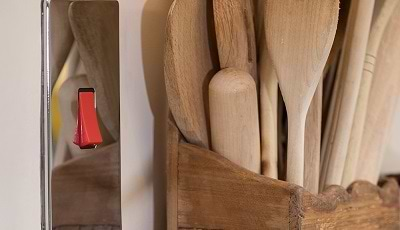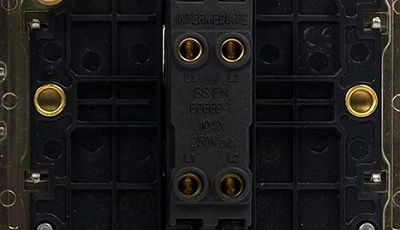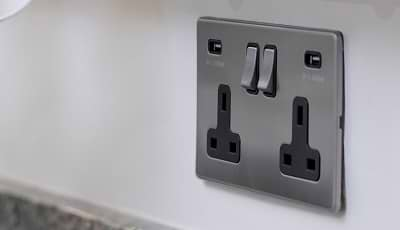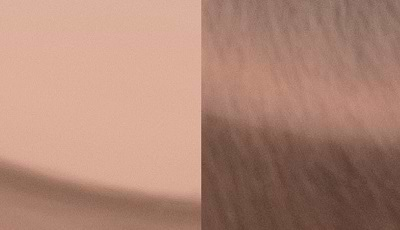Elesi Blog
Lighting Guides & Interior Design Tips
-
What Sort of Dimmer Switch Do I Need?
Dimmer switches allow you to adjust your lighting to the mood, situation, and time of the day. As lighting technology advances, and with developments with... -
Double Pole Switch vs Single Pole Switch
Planning out which sockets and switches you require for your home or project can lead to many different questions around the finish, style, and functionality... -
What is an intermediate switch?
When planning which sockets and switches you need for each room in your home, you may have come across intermediate switches. We are often asked... -
What is Black Nickel Finish?
Stylish and slick, a Black Nickel finish lends understated sophistication to downlights, sockets and switches. -
Brushed Chrome Sockets & Switches: The Complete Guide
One of the more common metallic finishes around at the moment, brushed chrome is versatile, effortlessly fitting into any décor style. This is a popular... -
Rose Gold Vs Copper
Rose gold and copper have slightly similar appearances, but the subtle differences really make them suitable for different décor styles. -
Black Nickel Vs Black Chrome
Black nickel is one of the most stylish finishes for sockets and switches available. It works perfectly with contemporary style decors and alongside black appliances... -
What is Rose Gold Finish?
We look at how Rose gold works well in more contemporary settings and why it's also perfect for light fittings -
Lighting for Contemporary Kitchens
Choosing the right lighting for a contemporary kitchen can be a bit of a challenge. Whilst there are many lighting principals and ideas that are...











